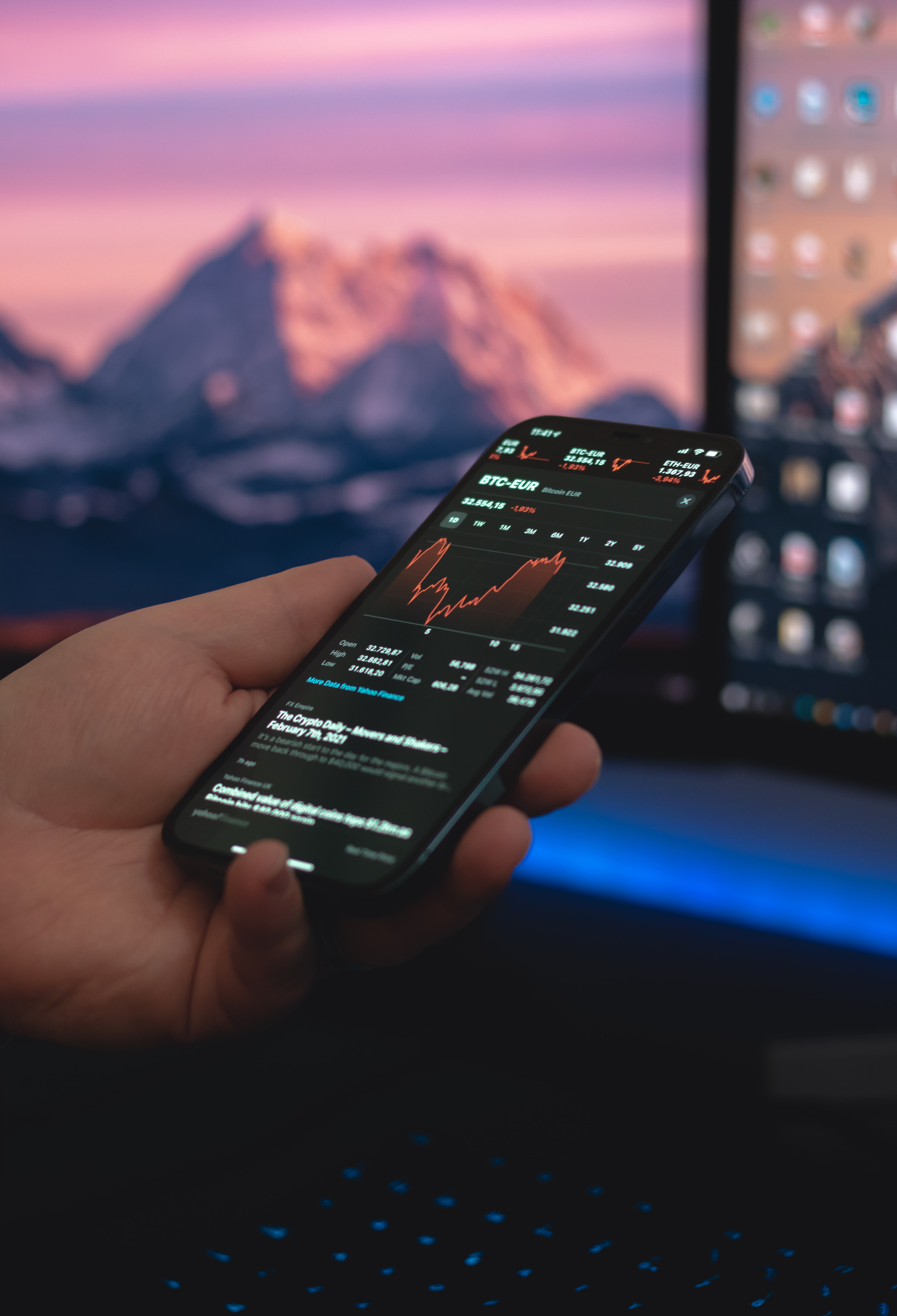
Price Elasticity
As inflation gained steam at the beginning of the pandemic, we kept hearing from practitioners, “there is no price elasticity.” Their evidence was that they increased price, but witnessed volumes rising. So, first, we wanted to disabuse the marketplace of this false notion using retail data and research. In fact, stores that increased price by only 2% grew 18% and stores that increased price by 10% grew only 2%–in fact, for every one point of a price increase, there were two fewer points of growth, which translates into a substantial price elasticity.
Before COVID, products often went up in isolation. In this case, we would apply the total elasticity (the sum of the three components). With COVID, items within categories are tending to price up together (because raw materials and other inflationary drivers tend to affect the entire category). In this case, we use only the “own” component. In the chart on the bottom, we see the own component is about 1/3 the amount of the total effect.
This means that the pricing effect should be lower (because we use a small portion of the elasticity). In sum, the elasticities may not be different with inflation, but the component we’re applying in inflation is relatively small versus the elasticity used pre- COVID (again, thereby appearing to dilute price elasticity when in reality a different elasticity is being used).
During the Great Recession, we expected price elasticities to increase, as so many consumers were struggling financially.
Surprisingly, we found that during the Great Recession, price elasticities did not change.
Additional Inflation Insights
Our second piece of thought leadership was that during COVID, we uncovered three insights which dispelled three myths. Our findings were that during COVID:
- Everyday elasticities were comparable or even lower than pre- COVID levels (there was no evidence that Covid elasticities were higher).
- Promoted elasticities also were comparable or lower.
- Price gaps with competition didn’t increase (some expected price gaps to be more important, because the thinking was that consumers would engage in more price-comparisons to save money).
In common with the Great Recession, we expected economic hardship to translate into higher price elasticity. While this empirical reality initially seemed at odds with our intuition, upon further reflection, this pattern made sense.
This is because COVID made other attributes more important, such as safety, quality and availability, and so on.
This meant that price’s share of importance diminished. Additionally, consumers sought to be in and out of the store quickly, for safety reasons, so they paid less attention to price.

Keep an Eye on Inflation with the Right Analytics Solution
COVID is abating but almost on a moment’s notice, we may be in the beginning of a new surge or variant, or as we’re experiencing now, a geo-political crisis, or some other disruptive event. To better protect your business and continue to grow, you need to know the types of data your brand should be measuring.
Byzzer Analytics lets you get deeper insight into product sensitivity and positioning. From Pricing, promotion, and assortment data to attribute-level data and our best-in-class Brand Score tool, you’ll never be caught unawares. Even better, this data is all backed by the power of NielsenIQ.




